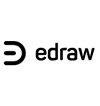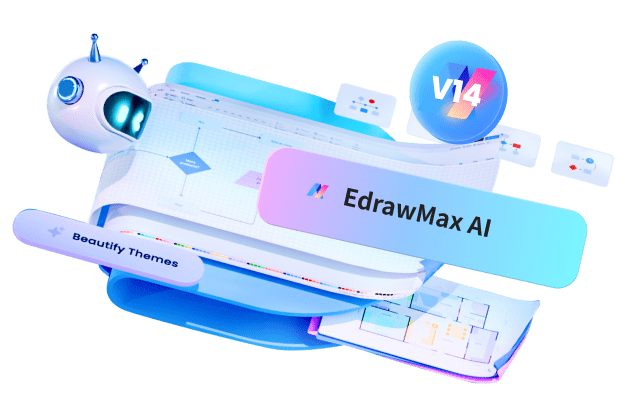The financial world is always changing, so properly managing risk from derivatives is crucial. This article acts as a guide through the complex world of derivatives. It teaches key strategies and tools to handle market ups and downs with confidence.
From hedging methods to assessing risk, we explore the basic rules that allow for good risk management. If you're an experienced investor or new to derivatives, this article gives you the knowledge to protect your investments and succeed in volatile markets.

Financial derivatives are contracts between parties that derive their value from an underlying asset. They allow investors to manage risk or speculate on the price of the underlying asset. Derivatives include futures, options, swaps, and other instruments that can be customized to meet investment needs. They provide leverage and help diversify portfolios.
In this article
Part 1. What is Derivatives Risk Management?
Derivative risk management involves strategies and practices to control the exposure to losses from derivative investments. It entails assessing factors like counterparty risk, market risk, liquidity risk, operational risk, and legal risk.
Effective risk management requires diversification, hedging with appropriate derivative products, setting exposure limits, monitoring positions, and maintaining enough capital. Robust risk management is key to realizing the benefits of derivatives while limiting losses.
Part 2. Types of Financial Derivatives Risk
Navigating the realm of financial derivatives requires a keen understanding of the various risks involved. Here are the key types of derivative risk you should be aware of:
- Market Risk: Exposure to fluctuations in underlying asset prices.
- Credit Risk: Potential loss due to counterparty default or credit downgrade.
- Liquidity Risk: Difficulty in buying or selling derivatives without significant price impact.
- Operational Risk: Threats arising from internal processes, systems, or human error.
- Legal Risk: Possibility of disputes or unenforceable contracts.
- Model Risk: Inaccuracies or limitations in pricing and valuation models.
- Basis Risk: Divergence between derivative and underlying asset movements.
- Event Risk: Unforeseen events impacting derivatives' value or performance.
Part 3. How Derivatives Risk Management Helps Organizations
In today's dynamic financial landscape, effective derivatives risk management is paramount for organizations to safeguard their investments and ensure stability. Here's how it can help your business:
- Minimizes Potential Losses: By hedging against adverse market movements.
- Enhances Predictability: Provides a clearer financial outlook for planning and decision-making.
- Facilitates Strategic Positioning: Enables organizations to capitalize on market opportunities with confidence.
- Builds Investor Confidence: Demonstrates a proactive approach to managing financial risks, bolstering stakeholder trust.
- Compliance and Regulatory Adherence: Ensures adherence to industry-specific risk management standards and regulatory requirements.
Effective Derivative Risk Management provides a crucial shield against market volatility. Here are the key benefits:
- Minimized Losses: Hedging strategies mitigate potential financial setbacks.
- Enhanced Predictability: Enables better financial planning and decision-making.
- Strategic Advantage: Positions businesses to seize opportunities with confidence.
- Stakeholder Trust: Demonstrates proactive risk mitigation, bolstering investor confidence.
- Regulatory Compliance: Ensures adherence to industry standards and legal requirements.
- Optimized Resource Allocation: Enables efficient allocation of capital and resources based on risk exposure.
- Improved Financial Performance: Enables businesses to navigate turbulent markets with resilience.
Part 4. Creating a Risk Management Diagram Using EdrawMax
Bring your risk management strategy to life with EdrawMax's dynamic diagrams! This powerful visualization tool enables you to illuminate your organization's risk landscape like never before.
Say goodbye to static, one-dimensional risk assessments. EdrawMax's versatile templates help you map out a multi-layered view of potential threats, vulnerabilities, and targeted mitigation tactics. Its intuitive interface makes creating a custom diagram simple, allowing you to focus on assessing and addressing risks.
With EdrawMax, risk management becomes a visual adventure. Watch your risk strategy evolve before your eyes, as interactive diagrams provide an at-a-glance view of your changing risk environment. Make more informed decisions, backed by EdrawMax's comprehensive, engaging risk illustrations.
Here are the steps to create a risk management diagram using EdrawMax:
Step 1: Open Wondershare EdrawMax on your computer. Switch to the “Template” category from the left menu pane. Type "Risk Management" in the search bar. Choose a suitable template from the available options.
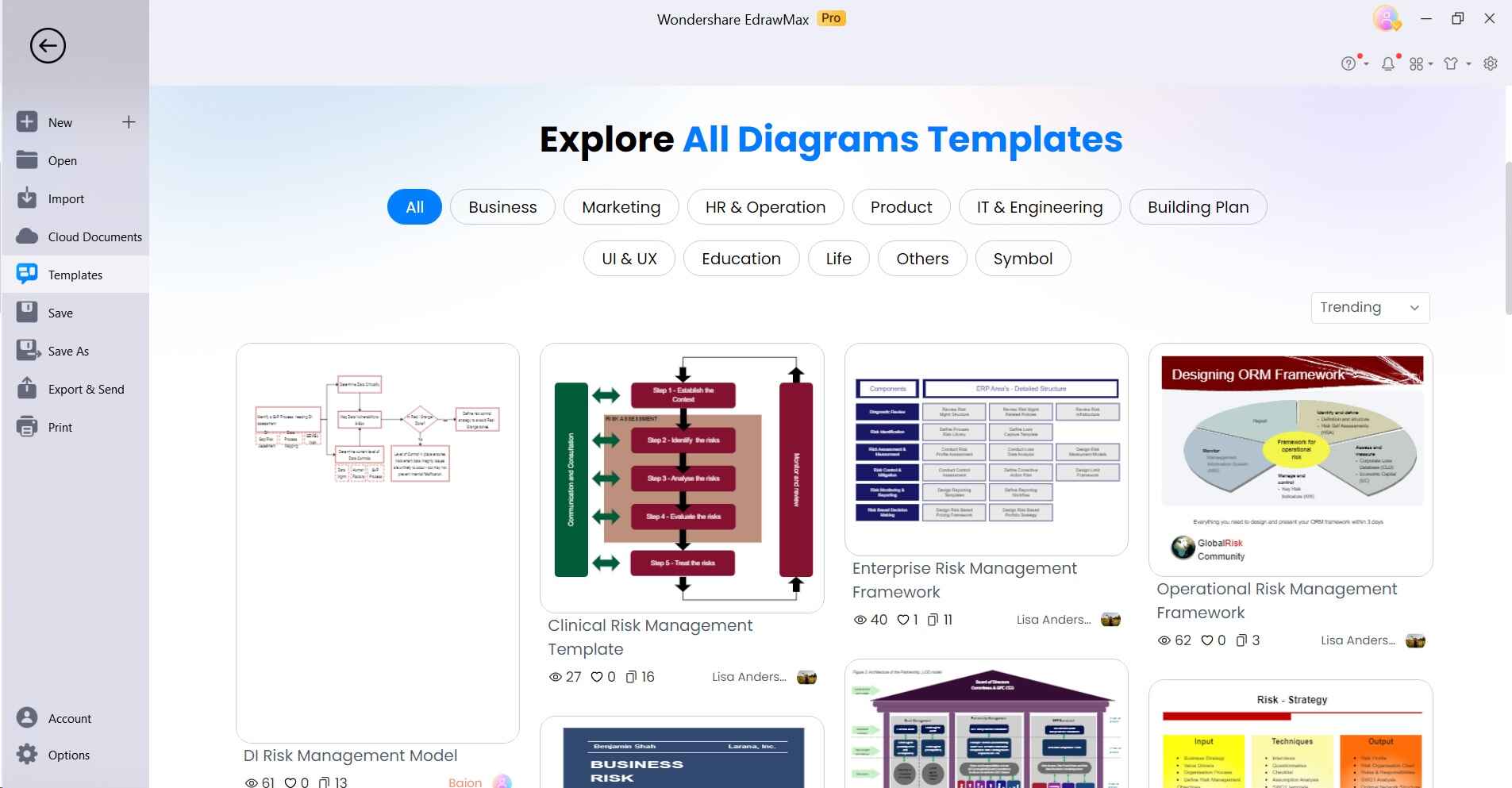
Step 2: Drag and drop elements from the template onto the canvas. Modify text, shapes, and colors to suit your specific risk management scenario.
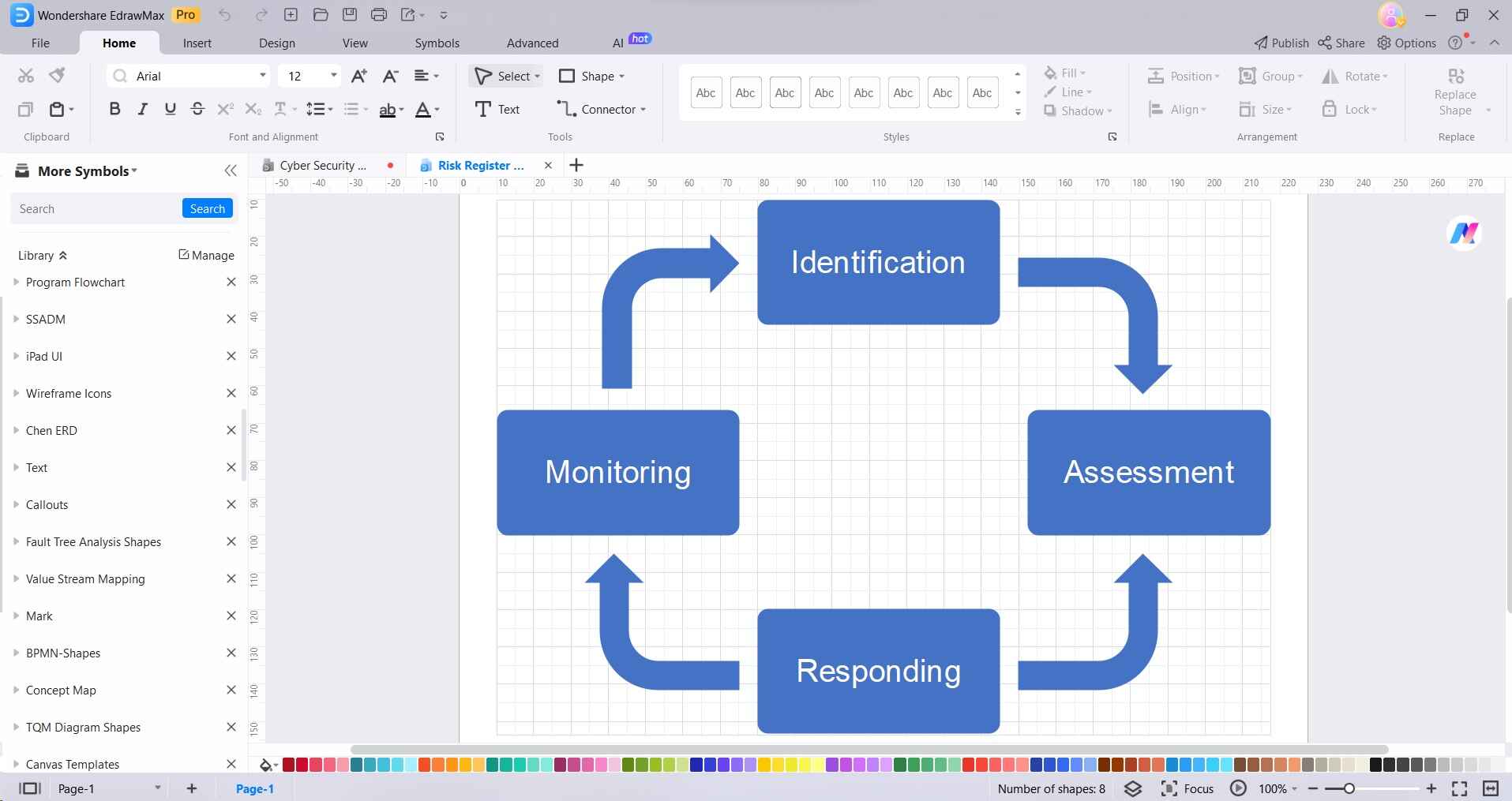
Step 3: Within each category, add specific risks. Use shapes or text boxes to list potential risks and their details. Connect these strategies to the respective risks using arrows or lines.
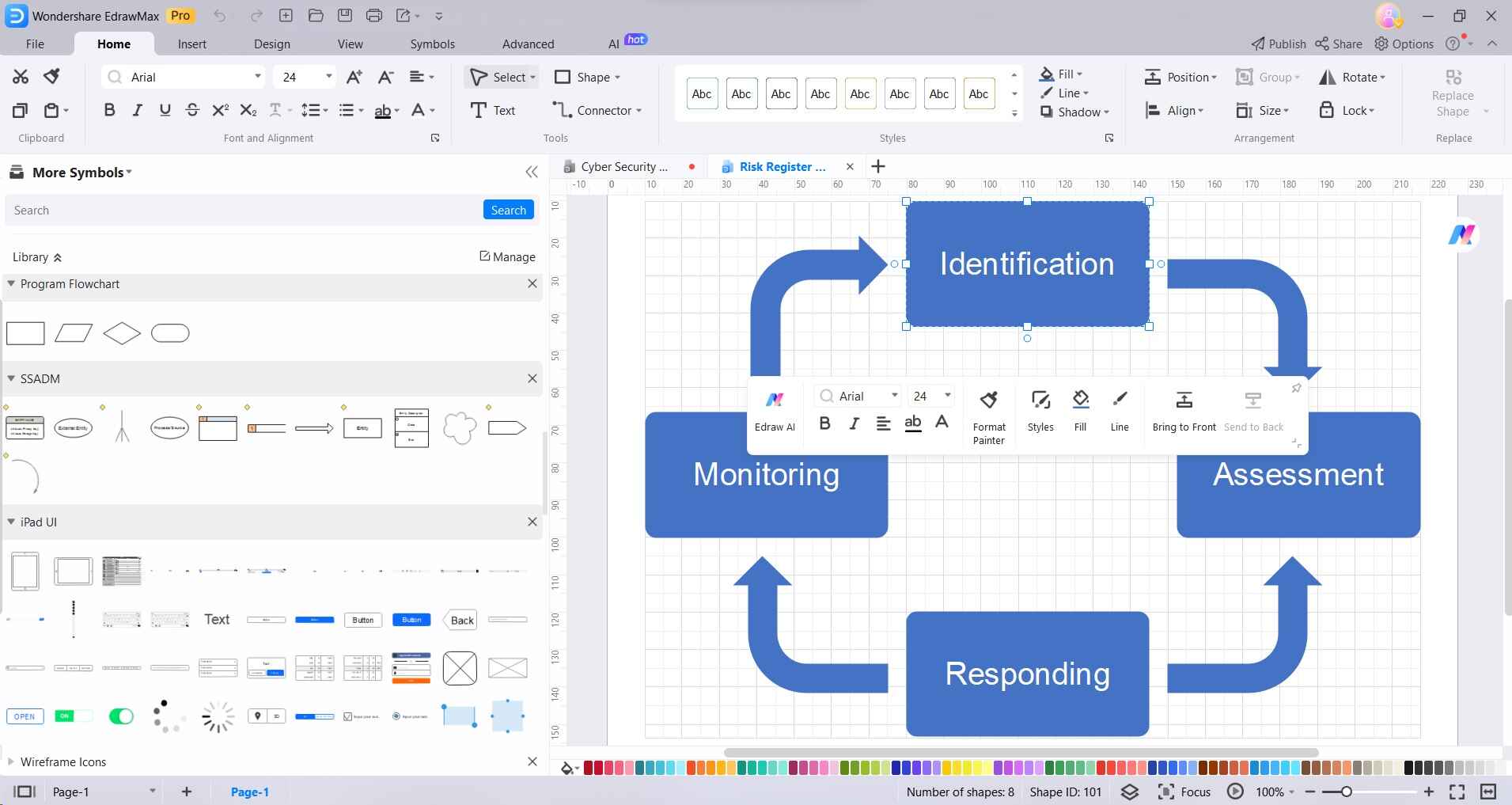
Step 4: Select individual elements or groups of elements and apply custom colors to differentiate and highlight various aspects of the diagram.
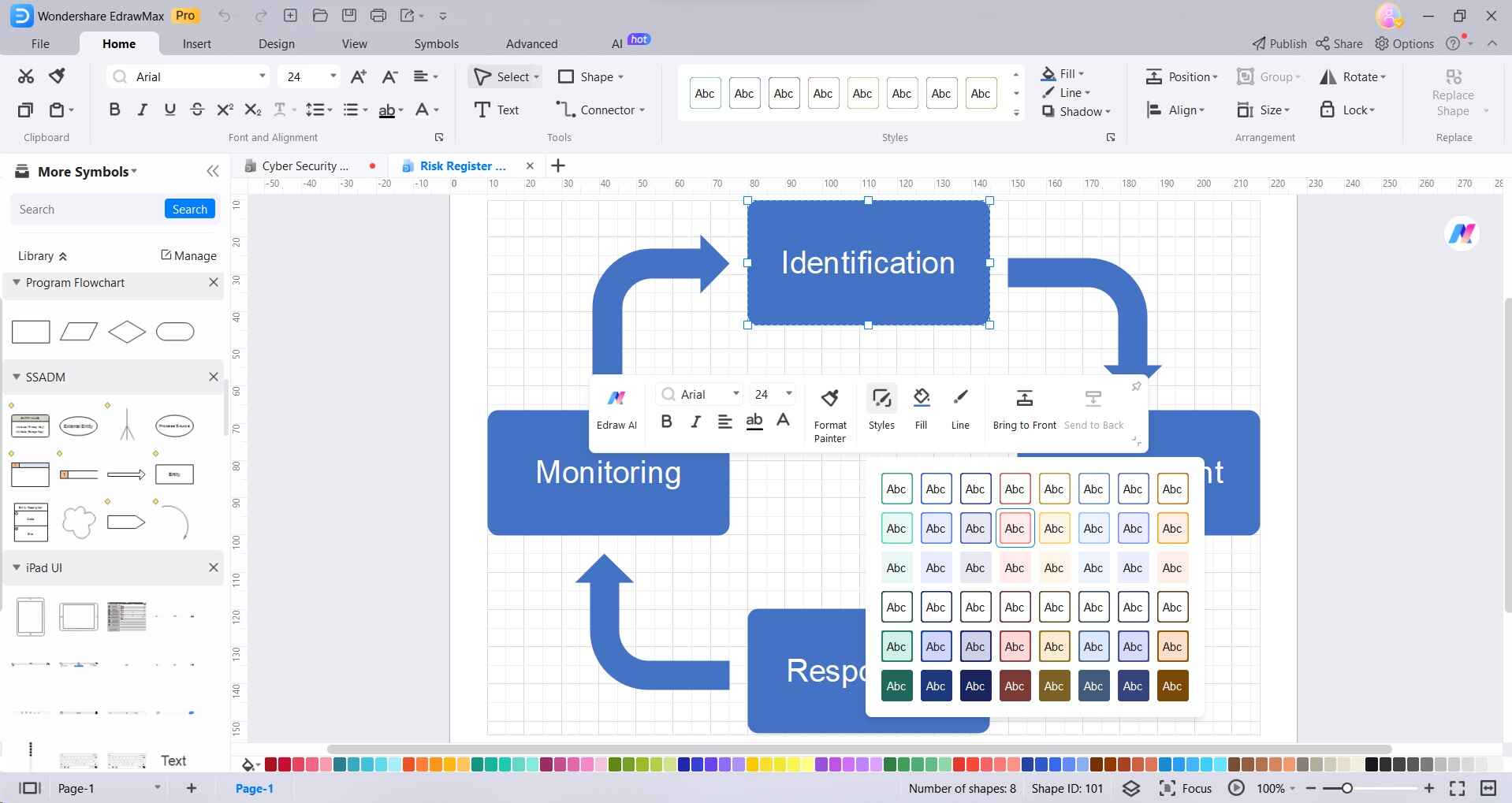
Step 5: Take a moment to review the diagram for accuracy and completeness. Make any necessary adjustments or refinements. Once you're satisfied with the diagram, save your work. EdrawMax allows you to save in various formats, including JPEG, PNG, PDF, etc.

By including the step for customizing colors, you'll have the flexibility to visually enhance the risk management diagram to suit your specific preferences and organizational needs.
Conclusion
In a nutshell, Derivative Risk Management is a crucial tool for navigating financial uncertainties. It helps businesses minimize losses, plan better, and meet regulatory requirements. EdrawMax, with its user-friendly features, is a valuable ally in creating effective risk management diagrams. Embracing these practices is a smart move for long-term success in the ever-changing world of finance.
